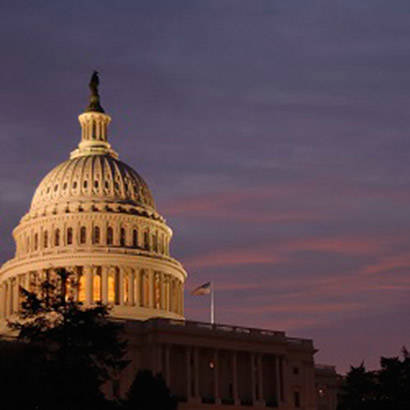
When it comes to public parks, the District of Columbia (DC) boasts a layout enviable to many U.S. communities. In fact, regardless of neighborhood or socio-economic background, a majority of DC’s residents live within walking distance of a park, recreation center, or swimming pool—giving rise to an environment conducive to physical activity. And yet, obesity is still prevalent. How can residents be encouraged to take advantage of park and recreation facilities?
The DC Department of Health (DOH) is collaborating with the DC Parks and Recreation Department (DPR) on Park Prescriptions, a District-wide anti-obesity program, where pediatric primary healthcare providers write “prescriptions” for patients and families to spend more time in parks and green spaces. The partners hope the program—adapted from similar models in the U.S.— will increase the amount of time kids spend engaging in physical activity, and induce long-term, healthy behavioral change in the youth population of DC.
As part of a park “prescription,” parents receive a toolkit tailored to each patient’s community and interest area—thus removing a potential barrier to park utilization. The kits provide park lists with quadrant locations, park maps, amenities lists, route information, and access points. The kits also provide suggestions for programs and activities, and recreational guides. While the program is designed to serve all community members, program leaders are specifically targeting residents in Wards 5 to 8 due to higher rates of obesity in those areas.
To spearhead the program, DPR and DOH are collaborating with a variety of organizations, including the DC American Academy of Pediatrics (in connection with Unity Healthcare and the Children’s National Medical Center), the National Park Service (NPS), the National Environmental Education Foundation, and Children in Nature. Program leaders note the significance of building a stronger relationship with NPS, citing the fit between Park Prescriptions and the NPS Healthy Parks, Healthy People Campaign.
The administrators of the program are working with a wide variety of other partners spanning multiple areas of influence to lend additional strength to Park Prescriptions and reach a broad and diverse population of children. They aspire to involve private organizations as they move forward, and are also seeking opportunities to promote the program and link to other agencies that serve the community’s youth. A large rollout and citywide promotion is planned for early fall 2013.
